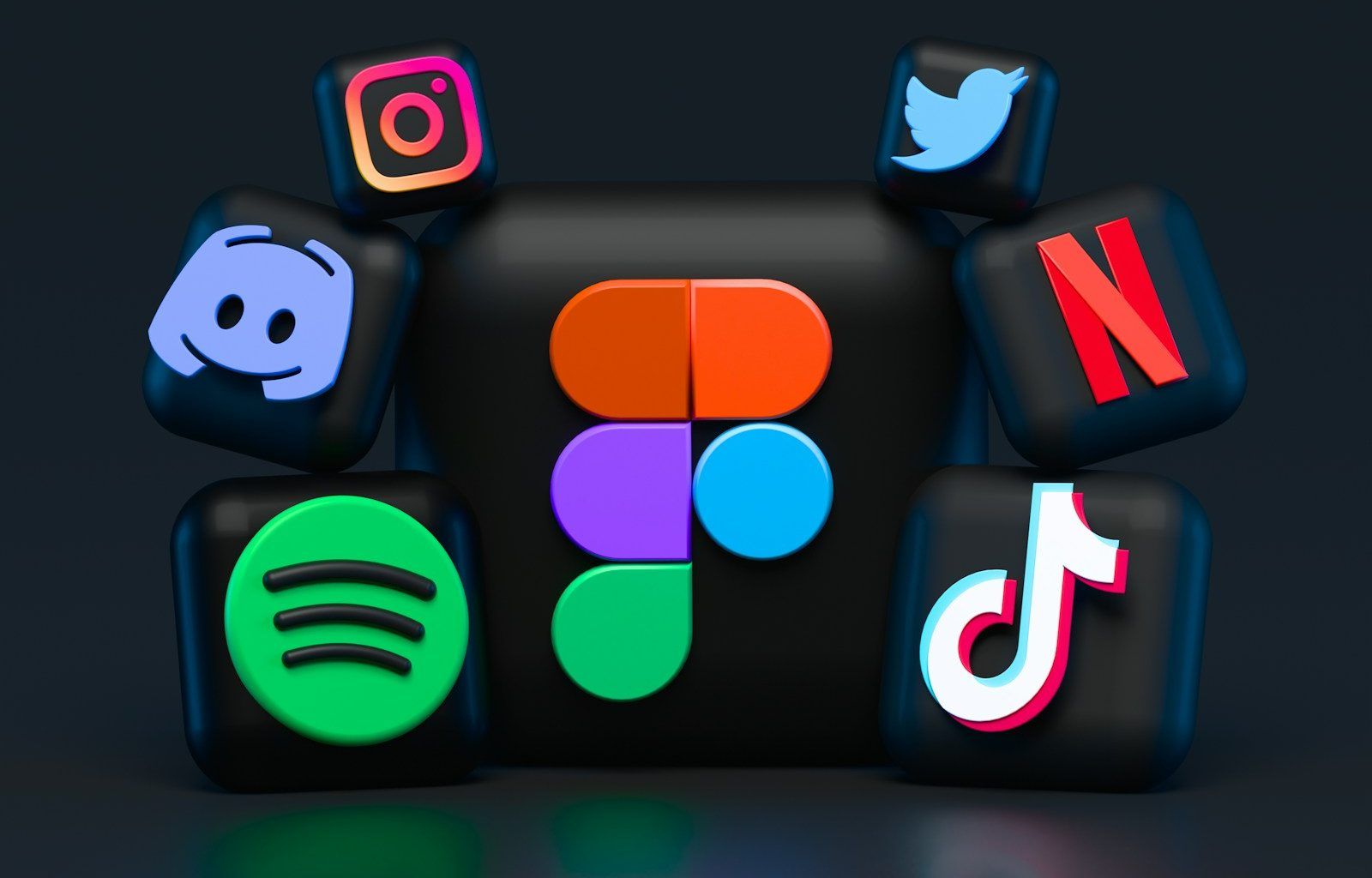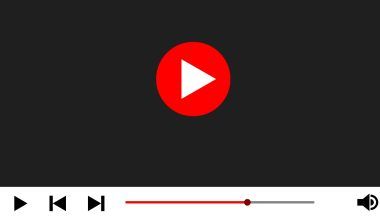The world of music streaming offers immense opportunities for independent artists to reach audiences globally and make money from their creations. But with so many platforms and processes, figuring out how to monetize your music on all streaming platforms for free might feel overwhelming. The good news? It’s entirely possible to earn revenue without spending a dime. In this guide, we’ll explore simple, actionable steps to help you maximize your music’s earning potential across platforms like Spotify, Apple Music, YouTube, and more.
Understanding Music Monetization
To start, let’s break down what monetization means. When your music generates revenue through streams, downloads, or even ads, that’s monetization in action. Platforms like Spotify pay artists based on streams, while YouTube rewards ad revenue. The key is to position your music in a way that it can earn for you, consistently and across multiple platforms.
Why Choose Free Methods for Monetization?
Many artists wonder if investing upfront is necessary to start earning. While paid distribution services have their benefits, using free tools allows you to grow your music career without financial strain. By choosing free options, you can test the waters, grow your fanbase, and focus on your craft without worrying about hefty expenses.
Step 1: Distribute Your Music for Free
The first step to monetizing your music on all streaming platforms for free is to get your tracks distributed. Free distribution platforms like Amuse, RouteNote, and Soundrop help you upload your music to major streaming services without upfront costs.
- Amuse: Perfect for beginners, offering free distribution to Spotify, Apple Music, and more.
- RouteNote: Offers both free and premium options, giving you flexibility as you grow.
- Soundrop: Ideal for niche genres and collaborations, with an easy setup process.
These platforms ensure your music reaches audiences worldwide, setting the stage for monetization.
Step 2: Optimize Your Artist Profiles
Once your music is on streaming platforms, take the time to optimize your artist profiles. A well-crafted profile not only attracts listeners but also keeps them engaged.
- Spotify for Artists: Claim your profile and add professional photos, bio, and links to your social media.
- Apple Music for Artists: Keep track of insights and highlight your best tracks.
- YouTube Channel: Create a banner, add a channel description, and organize playlists.
Remember, an engaging profile makes listeners more likely to follow and stream your music repeatedly.
Step 3: Register with a Performing Rights Organization (PRO)
If you want to earn royalties every time your song is streamed or played in public, registering with a PRO is essential. Organizations like ASCAP, BMI, and PRS for Music help track performances and ensure you get paid. The good news? Signing up is often free or affordable, making it a must for any artist aiming to monetize music on streaming platforms.
Step 4: Leverage Content ID on YouTube
For artists who post their music on YouTube, Content ID is a powerful tool. It detects when your music is used in videos and allows you to claim ad revenue. Distribution platforms like RouteNote often include Content ID services for free.
Promoting your music is crucial for driving streams. Social media platforms like Instagram, TikTok, and Facebook allow you to connect with fans and encourage them to stream your music.
- Share behind-the-scenes clips of your recording process.
- Host live sessions where you perform your songs.
- Use trending hashtags to increase visibility.
A consistent social media presence helps you build a loyal fanbase, which directly contributes to higher streaming numbers.
Step 6: Create Playlists and Pitch to Curators
Streaming platforms thrive on playlists, making them an excellent way to boost your music’s reach. Create your playlists featuring your tracks and similar artists to attract new listeners. Additionally, pitch your music to independent curators or use platforms like SubmitHub to get featured on established playlists.
Step 7: Collaborate with Other Artists
Collaborations can introduce your music to a broader audience. Partnering with other artists allows you to cross-promote tracks, doubling your exposure. Consider creating joint singles or remixing each other’s work to keep things fresh and exciting.
Step 8: Offer Merch and Exclusive Content
While streaming pays in royalties, offering additional value can significantly boost your income. Platforms like Bandcamp let you sell merchandise, exclusive tracks, or even vinyl. These options are free to set up and give fans a tangible way to support your music.
Step 9: Keep Track of Your Earnings
As your music gains traction, use analytics tools to monitor your performance. Platforms like Spotify for Artists and YouTube Analytics provide detailed insights into your streams and revenue. Keeping track of your progress helps you refine your strategies and maximize your earning potential.
Step 10: Stay Consistent and Engage with Fans
Finally, consistency is the key to success. Regularly releasing music, engaging with fans, and refining your strategies ensure long-term growth. Your listeners are your biggest asset, so always prioritize their experience.
Conclusion
Learning to monetize your music on all streaming platforms for free is not only achievable but also rewarding. By leveraging free distribution platforms, optimizing your profiles, and building strong connections with your audience, you can transform your passion for music into a sustainable income stream. With consistent effort and smart strategies, the possibilities are endless.
For further reading, explore these related articles:
- Tidal Music APK: Your Gateway to High-Quality Music Streaming
- Compare Spotify: A Friendly Guide to Its Features and Benefits
- The Unstoppable Duo: Silk Sonic and Anderson .Paak
For additional resources on music marketing and distribution, visit DMT Records Private Limited.






